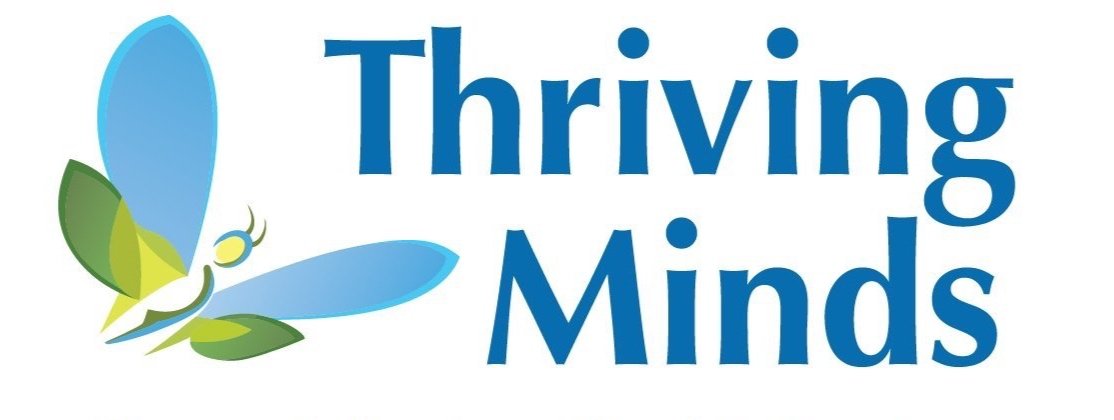Teaching your Child to STOP
Many people have moments where they feel like their emotions are in the driver’s seat, whether they’re yelling in rage or acting impulsively when excited. For children and teens, moments where emotions are in control may be dangerous or lead to conflict with others. In this article, we provide you with acronym STOP to help your child pause and regain control of themselves in the moment.
The STOP skills are simple to follow and provide a framework to teach your children to manage their emotions and make more helpful decisions. Go through the following steps with them, discuss times when you needed to STOP, and be ready to problem solve if they had challenges using STOP.
1. S: Stop
First, your child must stop! “Stopping” means freezing in the moment before acting on what their emotions say they should do. You can describe this to your younger children as “freezing” like a snowman. With older children and teens, you can reiterate the importance of pausing when they feel a big emotion arising, before they act on it.
2. T: Take a Step Back and some Deep Breaths
After stopping, the goal is to take a step back from the situation, teaching your child to get space to calm down and consider their options. During this time, they should also take some deep breaths while they think about what to do. Once their emotions are more manageable, it’s time to observe.
3. O: Observe
Now is the time for the child to observe what is going on in their body, mind, and surroundings. What thoughts are coming up? How does their body feel? What is going on around them that may have caused the intense feeling? The goal here is to gather the facts of what is happening, looking at what can be observed rather than make unhelpful assumptions. For example, a teen may notice “My heart is beating really fast and I’m feeling anxious, I had the thought that my friend may be mad at me, they’re frowning and sitting by themselves”. An example of what not to do would be “My friend hates me and doesn’t want me to sit by them” because that thought is not based on observed facts, but instead on an initial thought that may be untrue.
4. P: Proceed
Finally, the child should proceed mindfully in a calm and controlled manner. You can teach your child to make a decision based on their goals, weighing logic and what they observed rather than solely relying on emotions. Questions that your child can ask themselves are: Does my reaction/feeling make sense with the situation and facts? Is this really a little problem or a big problem? What can I do that would make this situation better or worse? Then, proceed with the action that is best suited for the situation. In the previous example, that may be taking some more deep breaths to calm down, then approaching the friend and asking them how they are doing.
Additional Resources
Managing a child’s big emotions can be challenging and overwhelming for parents. However, with simple strategies like the STOP technique, your family can be on your way smaller and less frequent blow-ups. If your family needs additional support, Thriving Minds offers a brief treatment model called Coping and Communication Skill-Building (CCSB). This program is generally 6-8 sessions and offers hands-on strategies for helping your child regulate their big emotions. Remember, you are not alone in this journey. If you need assistance or guidance, don't hesitate to reach out to us and schedule CCSB sessions. Let's work together towards helping our children thrive emotionally and fostering stronger relationships.

